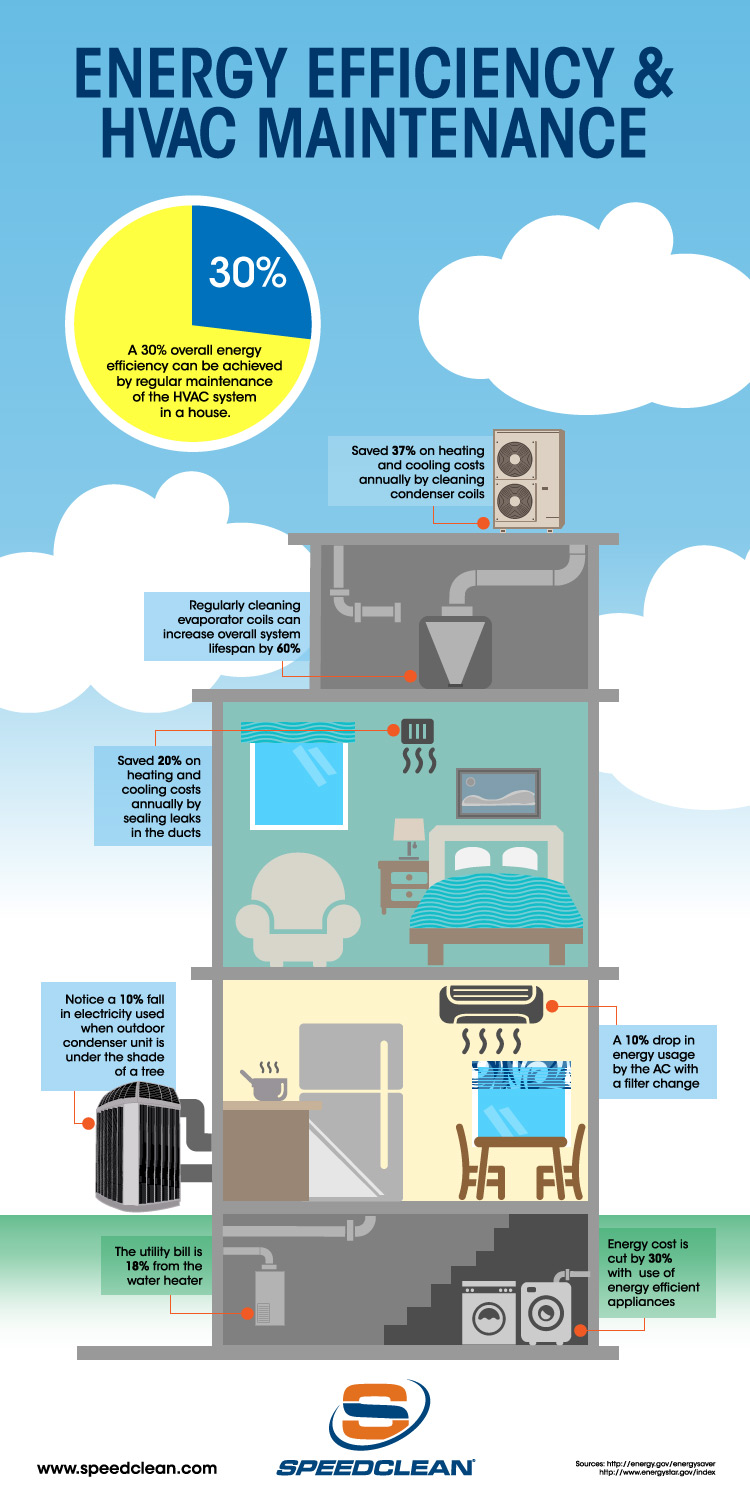Comprehensive Prep Work Guide For Heatpump Installment In Your House
Comprehensive Prep Work Guide For Heatpump Installment In Your House
Blog Article
Uploaded By-Otte Povlsen
Before diving right into the setup procedure, it's imperative to ensure your home is ready for the forthcoming heat pump installation. From decluttering the area to examining electric compatibility and ventilation, each action plays an important function in the effective arrangement of your brand-new system. By carefully preparing your home, you lead the way for a smooth setup experience and reliable functioning of your heatpump. But what other vital considerations should you keep in mind to guarantee a convenient process?
Clearing Up the Installation Area
Have you prepared the installation area for your heatpump? Prior to the installation process begins, it's important to guarantee that the area where your heatpump will be installed is clear and prepared for the service technicians to work effectively.
Beginning by getting rid of any kind of challenges or clutter near the designated spot for the heatpump. See to it that there suffices space around the system for proper ventilation and upkeep access. Eliminate any type of particles, plants, or furnishings that might obstruct the installation process or hamper the heatpump's efficiency.
In addition, look for any type of possible threats such as looming branches or frameworks that can hinder the heat pump's operation.
It's important to produce a secure and unblocked atmosphere for the installment group to operate in. By taking the time to clear the installation location in advance, you can help make sure a smooth and effective heatpump installment procedure.
Checking Electric Compatibility
To ensure an effective heatpump installment, it's important to examine the electric compatibility of your assigned installment location. Begin by clicking here that your electrical panel has the capability to support the new heat pump. Examine if there suffice available circuit breakers and sufficient amperage to manage the extra load. If required, seek https://www.bobvila.com/articles/who-pays-for-a-home-warranty-buyer-or-seller/ from a certified electrical expert to assess and upgrade your electric system.
Next off, validate if the voltage requirements of the heatpump match your home's electric supply. The majority of heat pumps operate conventional family voltage, but it's important to validate this to prevent any kind of electrical problems throughout setup. Furthermore, make sure that the wiring in your house is in good condition and satisfies the specs detailed by the heat pump supplier.
Lastly, think about the location of the nearby source of power to the exterior system of the heatpump. It needs to be available for simple connection without the need for substantial circuitry. By attending to these electrical compatibility elements in advance, you can make certain a smooth and successful heatpump installation process.
Ensuring Appropriate Ventilation
For optimal efficiency and performance of your heatpump, ensuring proper ventilation is essential. Appropriate air flow allows the heatpump to function ideally by providing the needed airflow for warmth exchange procedures. Before installation, see to it that the location where the heat pump will be put has sufficient ventilation to avoid getting too hot and ensure proper air circulation.
Clear any kind of blockages around the system to allow unlimited airflow, which is important for the heat pump to run effectively.
Along with the room around the heat pump, think about the overall air flow in your house. Great ventilation throughout your house helps disperse conditioned air successfully, ensuring constant temperature levels and optimizing power savings. Correct ventilation likewise helps keep interior air quality by minimizing contaminants and wetness build-up.
During the installment procedure, talk to your cooling and heating professional to validate that the ventilation requirements for your specific heat pump design are fulfilled. By focusing on ventilation, you can improve the performance and longevity of your heatpump system.
Conclusion
Now that you have cleared the installation area, checked electric compatibility, and made certain appropriate air flow, your home awaits a successful heat pump installment. By following this comprehensive list, you have actually created a risk-free and favorable environment for the new heatpump to run effectively. Bear in mind to speak with specialists if needed and enjoy the benefits of a more comfy and energy-efficient home.
